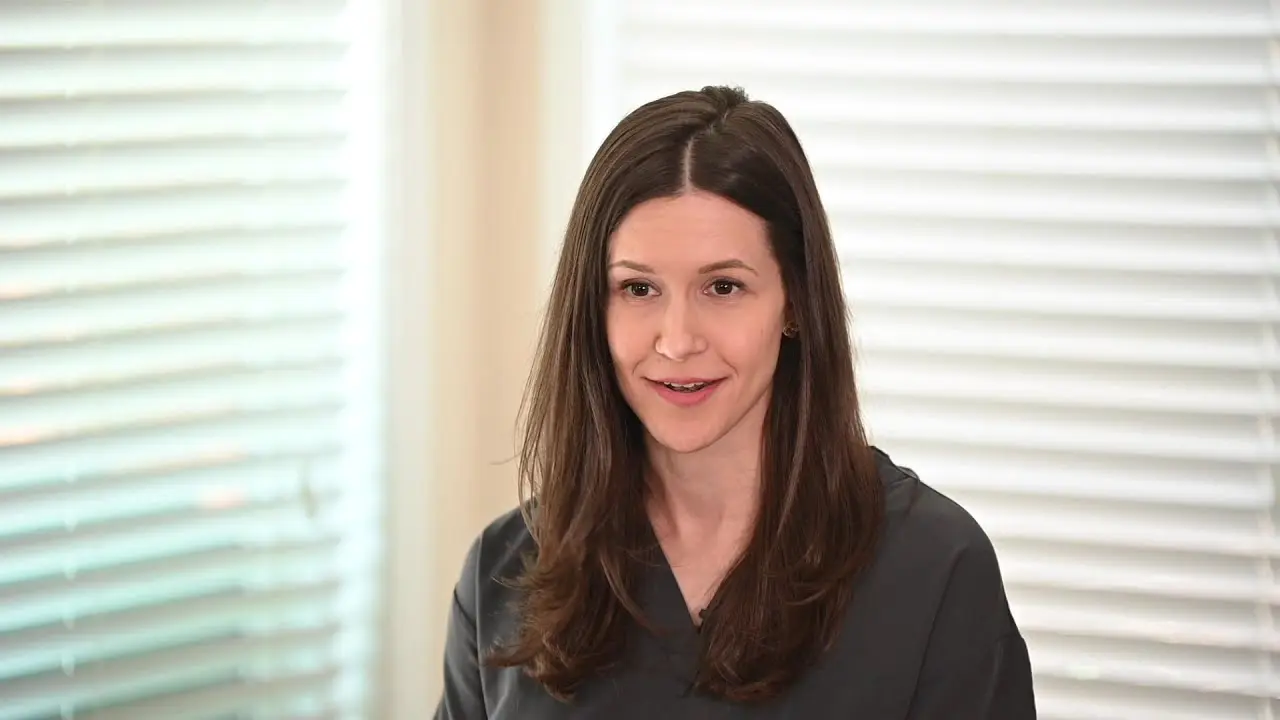
Discover the process for conceiving with frozen eggs after egg freezing
Advances in reproductive medicine are allowing more women to pursue motherhood when they’re ready by conceiving with frozen eggs. The Texas Fertility Center team offers egg freezing using a flash-freezing process called vitrification. This technique prevents the formation of potentially damaging ice crystals during the freezing process. Using vitrification helps more frozen eggs survive the freezing and thawing process.
It’s important to understand how egg freezing works. However, our Austin egg freezing specialists know that many women also want to know about how they can welcome a baby after they’ve frozen their eggs.
How does conceiving with frozen eggs work?
After a woman takes ovulation induction medication and undergoes an outpatient egg retrieval procedure, one of our Austin egg freezing specialists freezes her eggs. When the patient is ready to use her frozen eggs, the process involves several steps.
The first step is thawing the eggs, which involves removing the frozen eggs from storage. After confirming that the patient identifiers are correct, an embryologist will carefully thaw the eggs using a warming solution.
One of our embryologists will fertilize each thawed egg with sperm from the woman’s partner or from her chosen sperm donor. In many cases, the embryologist will use intracytoplasmic sperm injection (ICSI) to achieve fertilization. This process involves injecting a single sperm into each egg.
The embryologist will monitor the growth and development of each resulting embryo over the course of several days. If the patient desires, she can order preimplantation genetic testing (PGT) on her embryos to determine the sex of each one and learn which ones are chromosomally normal (euploid).
An embryo transfer procedure is the final step of conceiving with frozen eggs. On the day of the transfer, the woman who will carry the pregnancy will come to Texas Fertility Center. During this painless procedure, a fertility doctor places a speculum in the patient’s vagina and then inserts a thin, flexible tube that contains an embryo. Using ultrasound guidance, the doctor releases the embryo into the uterus, where it should implant in the lining (endometrium).
What are the odds of having a baby using frozen eggs?
When it comes to conceiving with frozen eggs, age matters. This is true for all things related to female fertility. The younger a patient is when she freezes her eggs, the more likely she is to conceive using those eggs. This is because women in their 20s and early-30s tend to have more high-quality eggs than women who are over the age of 35.
However, some women who freeze their eggs later in life can successfully have a baby with them. It all depends on each patient’s ovarian reserve (egg supply), which our Austin egg freezing specialists can test before beginning the freezing process.
Learn whether egg freezing is right for you
If you want to put family-building on hold while you pursue personal, educational or professional goals, egg freezing could be the answer. It can also help if you want to preserve your fertility for medical reasons. Contact us to schedule an appointment and learn more about this highly effective form of fertility preservation.












